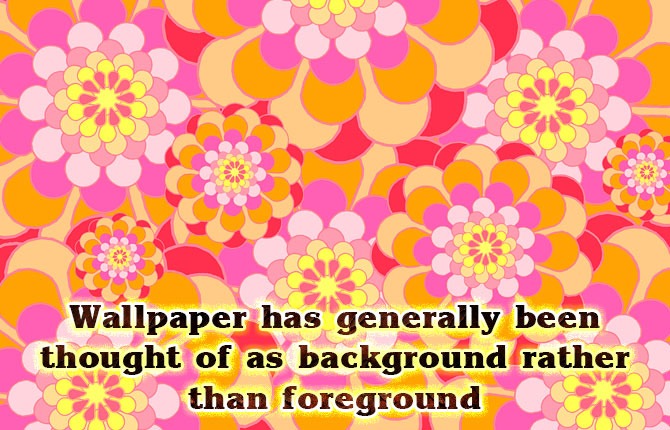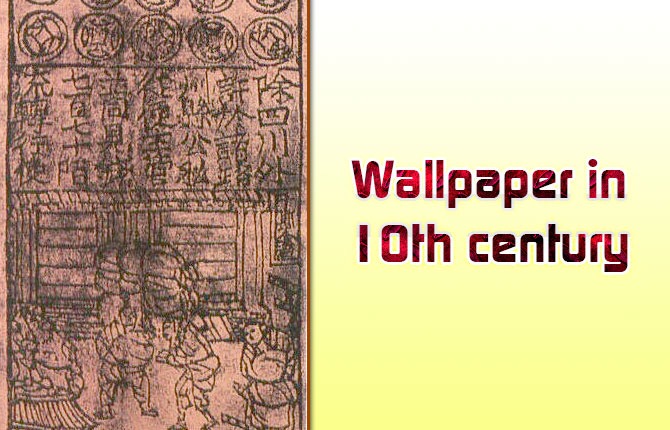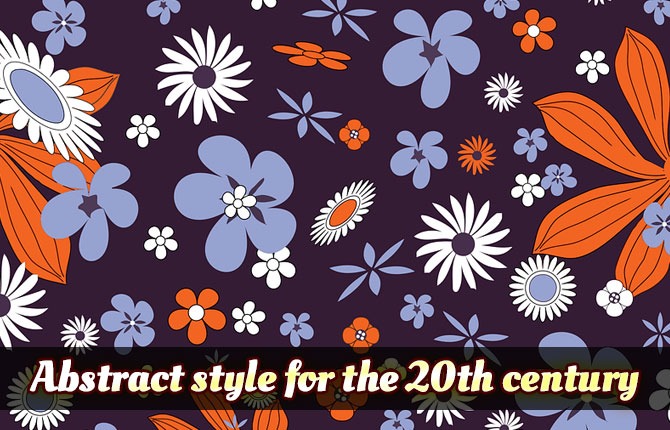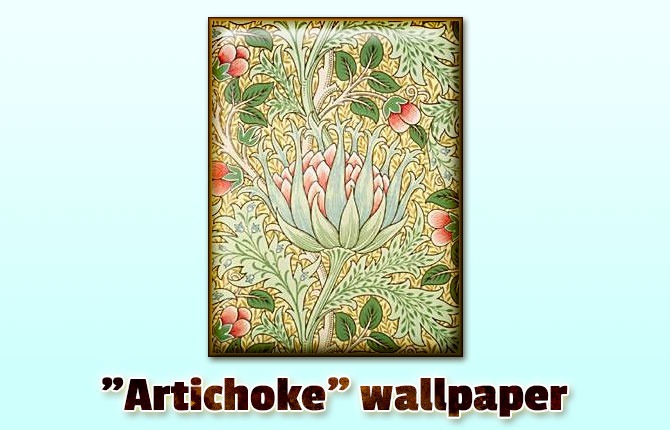If you want a new look for your space but don’t want just paint, allow us to refer you to the wallpaper’s decorative beauty. Wallpaper provides a unique look to the most boring of walls, providing a lovely background for your everyday life. Many people choose wallpaper for their whole house, one special room, or just one wall to create a lovely impression.
Unlike paint, wallpaper can give you all sorts of patterns and prints on your walls. While it may have its pros and cons, it’s still seen as a fixture in many modern homes. It’s less messy to put up a sheet of paper than to paint a wall, and changing it would also be less of a hassle.
Wallpaper has been around for centuries, so let’s explore its more interesting facts and history. This will hopefully help us decide whether we should paper our walls during our next house renovation:
Odawara Juku in the 1830s
Utawaga Hiroshige was one of the last great artists of the Japanese art genre “ukiyo-e,” or woodblock art. He is renowned for his landscape paintings, including his depiction of the Odawara-juku in the 1830s. It is one of Hiroshige’s series of woodcut prints titled “The Fifty-Three Stations of the Tokaido”. In a sense, one could say that this is one of the earliest kinds of wallpaper.
Traditional Hand Blocking Technique
The innovation of the wallpaper came from France during the 1600s, which led to the wider acceptance of wallpaper. Back then, the designs of the wallpaper depicted the kind of classes of people who used them. The poorer classes used wallpaper with simple designs consisting of repeated geometric patterns created from a single wood block. The wealthy people, on the other hand, used wallpapers with complicated designs which included flowers, shields, and vases, all printed from several blocks.
A Background
No matter how much thought one puts into the wallpaper, it’s usually relegated to the role of a background. Very rarely is wallpaper thought of as the foreground to anything, though it can be instrumental in setting off a particular decoration to the fullest extent or changing the tone of a room.
Despite the fact that wallpaper is just background, you cannot underestimate its role in the overall decorative scheme. The choice of the wallpaper will also reflect the occupant’s mood, tastes, and the style of the room, or its function. For instance, you would probably use soft, muted, and one-tone shades for a bedroom in order to create a relaxing effect. On the other hand, you might use a balloon-themed wallpaper to set the tone for a child’s playroom.
The design and the color of the wallpaper will also be a big factor in how you choose your furnishings and decorations. If the patterns are small and muted, you can go ahead with statement pieces. Boldly colored or large-patterned wallpaper might be best offset by simple, plain furniture. Of course, there’s no hard and fast rule about what goes with what, but the wallpaper is an essential factor when you choose your furniture.
Wallpaper in the 10th Century
The Chinese, since they were among the first to invent paper, eventually passed their skills to the Arabs during the 8th century. The Arabs, in turn, made papermaking widespread throughout the Middle East. By the 10th century, the Arabs began using wood and bamboo, creating finer sheets of paper. By then, the papers produced were obviously of a finer quality.
Wallpaper in the 20th Century
During the early years of the 20th century, wallpapers were very popular until the Modernist period, which leaned more on white walls. However, wallpapers were still favored by many people, so there was still research and development in this field.
Eventually, technological advancements led to the more durable wallpapers that were becoming easy to apply and remove. Now, we have wallpaper that we may easily buy in rolls at a shop. Many people might also choose to hang their wallpaper themselves, which is absolutely possible.
Woodblock Prints in 1550
The Chinese may have already begun hanging decorated rice papers, but the creation and the development of real wallpaper can be traced back to 16th century Europe. They found paper an inexpensive alternative to the decorative wool and silk tapestries that took a long time to create and were costly as well.
Abstract Style for the 20th Century
Post-war wallpaper designs had become more contemporary and featured abstract or geometric patterns. This was also due to the act that technology had reached new levels, making the production of wallpaper much easier.
A Period of Innovation
One of the innovations from the 16th century is the introduction of the flock paper. ‘Flock’ refers to the small wool trimmings left over from cloth manufacturing. The process of making flock wallpaper involves painting the background color on paper (or cloth, such as a canvas), stenciling a design onto it using an adhesive, and scattering the flock over the adhesive, creating a smooth, velvety appearance.
Artichoke Wallpaper
Artichokes are a very popular theme in wallpaper art. In fact, one might say that has never gone out of style, even in the 21st century. This might be because of the elegant symmetrical designs and the variety of color choices.
Wallpapers and Dramatic Designs
Another highly popular design is the rococo option, which is quite an elaborate work. This particular styling is also found in other mediums such as sculptures, paintings, and several other aspects of interior design. While the style was made popular in the 18th century, it still remains in trend today.
This style is characterized by asymmetrical patterns, with motifs, scrollwork, and sometimes floral aspects as well. This is reminiscent of the baroque decoration style in continental Europe in the 18th century.
Hand-Painted Wallpaper
As the Chinese were the ones to invent paper, they eventually learned to create art on it. The first wallpapers they produced usually consisted of the subjects like birds, flowers, trees, and landscapes, formed in rectangular sheets.
Now, we still have rectangular sheets of wallpaper, usually hung vertically. However, hand-painted varieties would probably be very expensive, even if one could manage to get hold of them.
Finding out More
Getting to know about the history of wallpaper means understanding our own modern interior design a bit better. If you’re interested in getting a detailed history of wallpaper, this book entitled “The Papered Wall” will give you an international background along with updating you on the latest techniques. Check it out here:
Wallpaper is now considered quite a fashionable item I modern homes, especially now that there are wallcovering lines by high-end brands such as Gucci and Benetton. Innovation in this field has included developments like colored rub-off transfers for changing up designs, eco-friendly options, etc. What’s more, we also have a plethora of choices when it comes to wallpaper. Luxury, retro, nonwoven, artistic, naturalistic and humorous designs are just a few examples.
Conclusion
Now that you know a little bit more about wallpaper, you might be interested in covering some walls in your own home. Consider the furnishings and current theme of your home before you make a final choice, and consult an interior designer if it’s in your budget. You don’t have to stick with boring patterns or shades either; look up some images online for inspiration and see if you like the themes we’ve discussed above. In any case, the book we’ve reviewed would come in handy when deciding how to paper your walls in the best fashion.








